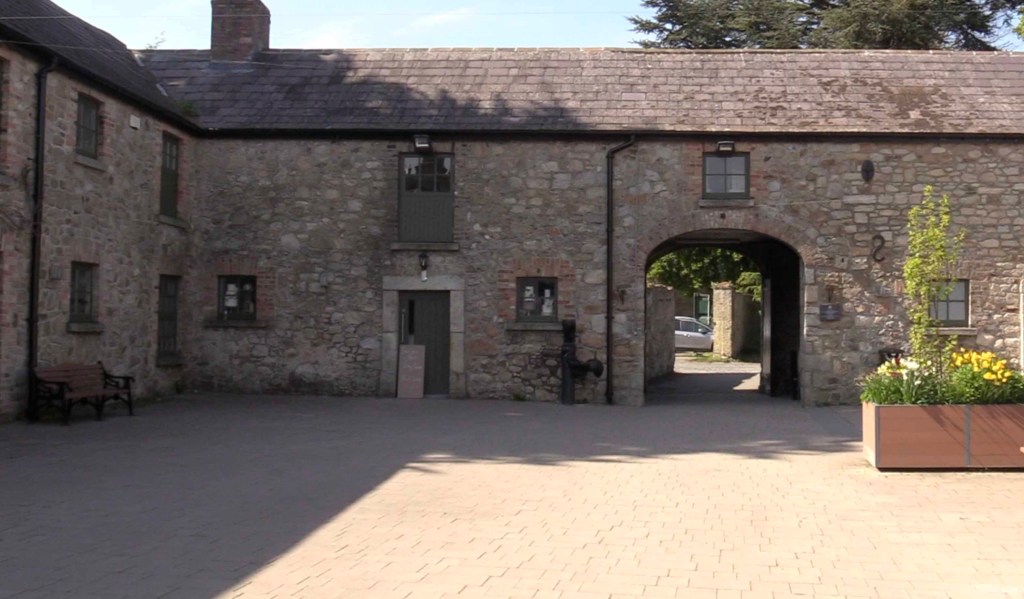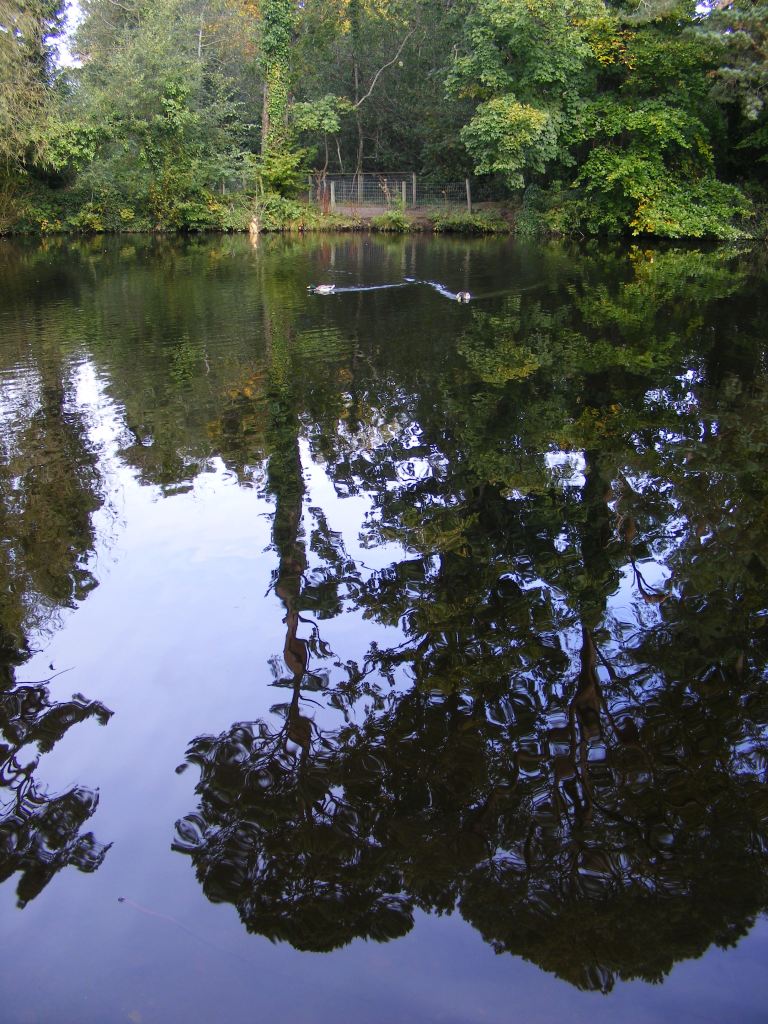Marlay Park is one of Dublin’s biggest parks, and at 210 acres there is plenty to see and do. Set in the foothills of the Dublin Mountains, in Rathfarnham, you can enjoy many interesting walks through leafy woods or take in bubbling rivers that feed into ponds where swans float serenely past. If you are looking for a place to ‘get away from it all’ then you should spend some time in Marlay Park – it’s a must see.
The property was originally bought by Thomas Taylor in the early 18th century and the house he built on it was called ‘The Grange’. In 1764 David La Touche acquired the property and he set about developing the house and extending it. La Touche was the first governor of the new Bank of Ireland, and he named the place in honour of his wife Elizabeth Marlay. The house is a fine example of Georgian architecture and features a fabulous ballroom, an oval-shaped music room and wonderful plasterwork by the renowned Michael Stapleton.
The property was sold in 1925 to Robert Ketton Love for £8,325, and his son, Philip, a racehorse breeder, won the 1962 Epson Derby with Larkspur.
With so much space available there are tennis courts, football pitches, a cricket pitch, par-three golf course, children’s playgrounds and miniature railway that is run by the Dublin Society of Model and Experimental Engineers. And the park is also the official starting point of the Wicklow Way, a 132km trail that works its way southwards through the Wicklow Mountains before finishing at Clonegal in County Carlow.
The rather lovely ornamental garden, has much to see and enjoy, and the water features are a real treat.
Beside the house is the Craft Courtyard where you can sit and relax over a coffee after all your walking. There are a number of shops where you can find pottery, weavers, jewellery, embroidery and copper work. The famous Irish stained-glass artist Evie Hone had a studio here in the 1950s, and a Farmer’s Market is held here every Saturday and Sunday.







